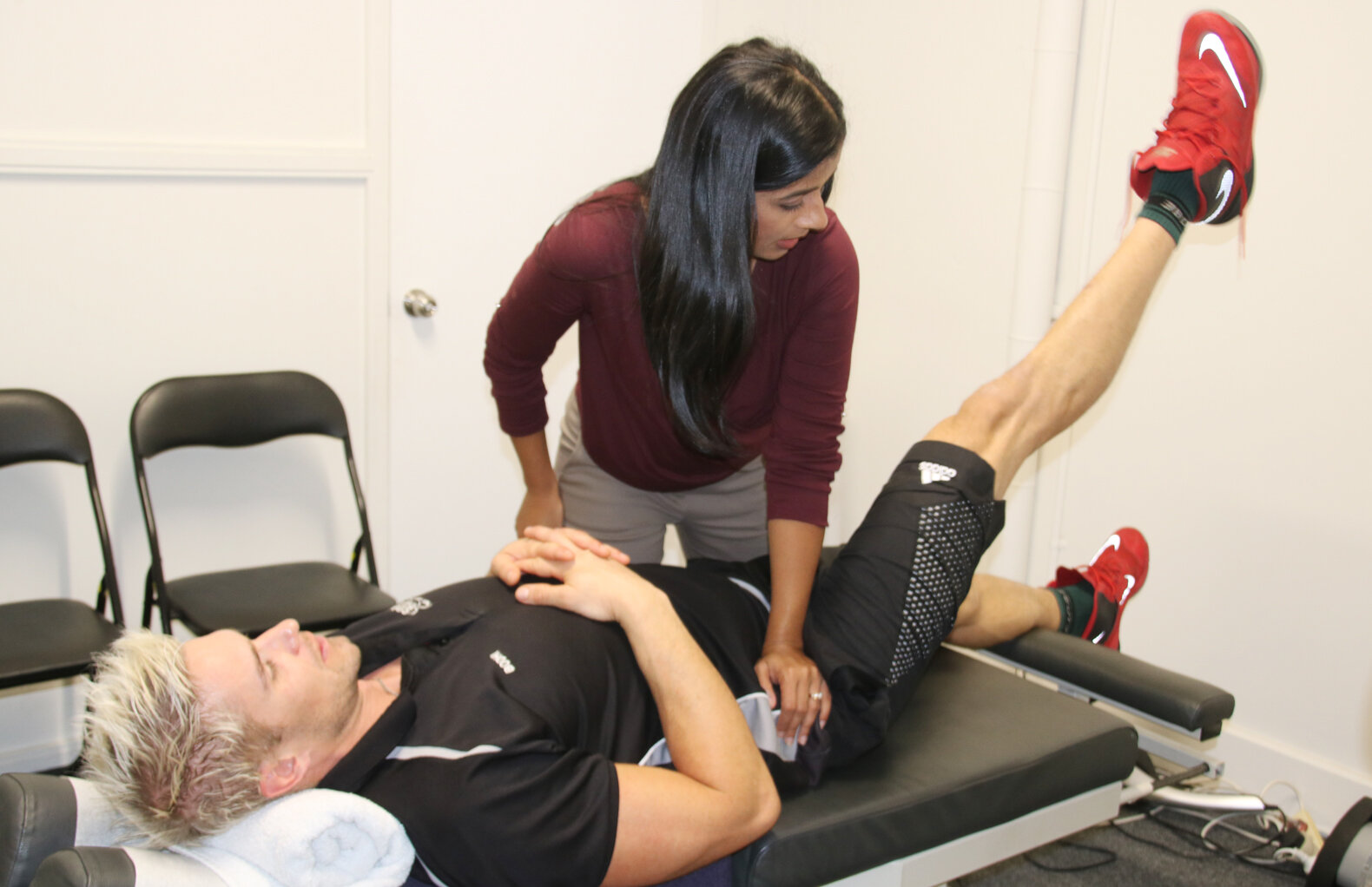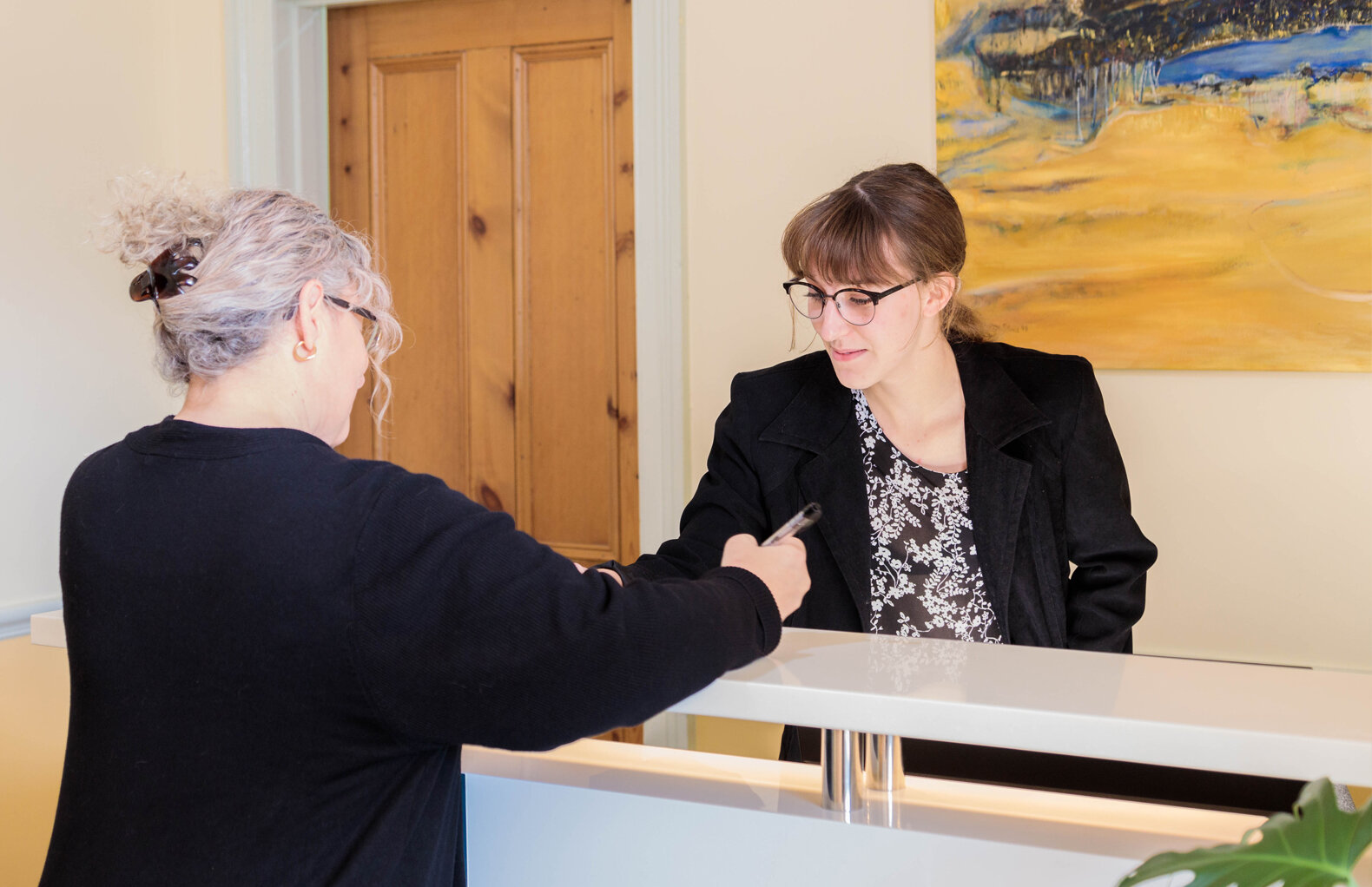Sitting while driving is one way you may get lower back pain. If you spend ore than an hour sitting without movement is places stress to the joints and muscles that support your spine.
Here are some tips to help reduce the impact driving can have on your back.
WHY DOES BACK PAIN OCCUR WHEN DRIVING?
It’s good to remember our backs are designed to move, so being stuck in an uncomfortable static position for a long time while driving can result in back trouble.
If you feel pain through your lower back this could be caused by your posture while driving. Drivers will often sit in the middle of the seat, which fails to support the lower back, leading to back issues.
When you spend a long time in the drivers seat and are slightly twisted or leaning (such as on an arm rest), your spine/back can end up being in a misaligned position for a long period.
If you already suffer from back pain, riding in the car for an hour or more can be a real challenge.
MAKE YOURSELF COMFORTABLE FROM THE START
Take just a few extra minutes before you begin your journey to settle well back into the seat and get comfortable.
Sit up nice and straight with your hips straight and feet evenly placed on the pedals. Bring your seat forward so your legs are not stretching to reach pedals. If your car has the option for cruise control on long drives, you may want to do this so you can rest both feet evenly on the floor. Make sure you can rest your head back onto the headrest comfortably.
Remove everything from your back pockets such as your wallet, phone or anything else that could put your spine out of alignment.
Shuffle back and sit well back into the seat. In this position you should be well back from the steering wheel and be able to hold the steering wheel comfortable with both arms with only a slight bend in the arms.
There is no single best position. You may need to take some trial and error to find what feels most comfortable for you.
GET OUT AND ON THE MOVE
Your back muscles will stiffen very quickly and begin to ache or even spasm if you are just sitting in one position in the car for a long time. For each 2 hours of driving it’s ideal for everyone to take a 15 minute break. And if you frequently have back pain even outside of driving, then you should take breaks even as often as every 60 minutes.
Plan your trip so you can schedule stops to be convenient. When you stop, get out and walk around and stretch. Moving around like this will stimulate the blood circulation bringing nutrients and oxygen to your lower back.
USE HEAT THERAPY
Many cars are fitted with seat heaters these days. These are a great option for a continuous flow of low-level heat to provide relief. If your vehicle doesn’t have these, other types of health therapy such as heat bags can help to increase blood flow and relax the muscles on a long drive.
Some drivers prefer to apply this type of heat therapy during the breaks they take from driving.
Back pain from driving is a common complaint from clients I see in our Chiropractic Clinic in Albany. Living in regional areas does tend to increase the time spent driving, especially on long distances. I hope these simple but effective tips to reduce back pain while driving have been helpful.
If you need to get further advice on back pain and back pain relief while driving, please do not hesitate to get in contact with us.














